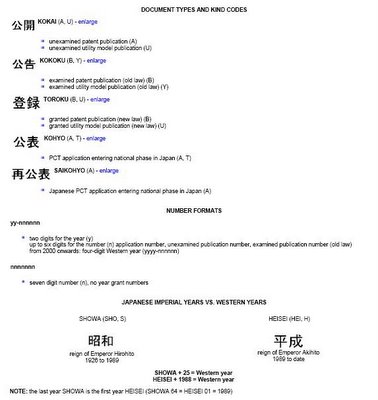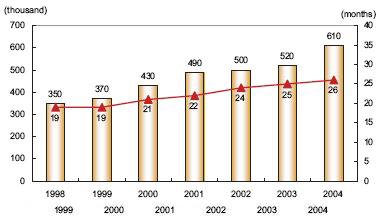In a citeable decision that
John Welch at the TTABlog calls "as rare as a White Sox fan in Boston," the U.S. Trademark Trial and Appeal Board granted Chester L. "Chet" Krause's petition to cancel a registration under section 2(c) for the mark KRAUSE PUBLICATIONS in connection with various goods and services relating to coin collecting, antique autos, and other topics in
Krause v. Krause Publications, Inc. , Cancellation No. 92041171 (November 18, 2005).
Section 2(c) of the Trademark Act,
15 U.S.C. §1052(c), prohibits registration of a mark that consists of or comprises a name, portrait, or signature identifying a particular living individual except by his written consent. A name is considered to "identify" a particular living individual for purposes of Section 2(c) only if the "individual bearing the name in question will be associated with the mark as used on the goods [or services], either because the person is so well known that the public would reasonably assume the connection, or because the individual is publicly connected with the business in which the mark is used."
Mr. Krause founded a periodical called "Numismatic News" in October 1952 and was later involved in founding the registering company, Krause Publications Publications, Inc. For nearly fifty years, Mr. Krause was associated with Krause Publications as its president and/or chairman of the board and subsequently as an employee. Although he did not demonstrate that he is so well known by the public in general that persons would assume a connection between petitioner and the mark KRAUSE PUBLICATIONS, the Board did find that
"There is sufficient evidence to establish that petitioner is publicly connected, at the very least, with the fields of numismatics, car collecting, and publishing activities related thereto, such that a connection between petitioner and the mark KRAUSE PUBLICATIONS would be presumed by people who have an interest in these fields."
With regard to whether Mr. Krause had consented to allowing the corporation to use his name, the Board also noted that
In the present case, the incorporation of petitioner’s business is not akin to the "buy out" agreement in Kaplan. There is no evidence that petitioner expressly stated that the mark KRAUSE PUBLICATIONS is the property of respondent. Neither did petitioner agree to refrain from use of the name Krause in any subsequent business. Petitioner’s mere incorporation of his business does not constitute his written consent to that business’s (i.e., respondent’s) registration of the mark KRAUSE PUBLICATIONS. . . . Respondent has pointed to no provisions (and we have found none) in the financing documents made of record where petitioner stated that the mark KRAUSE PUBLICATIONS is the property of respondent.
There is a distinction between the right to use a name and the right to register one. A person may give express or implied consent to the use of his name, but that does not necessarily mean that he consents to the registration of it. Thus, even if we were to find that petitioner had impliedly consented to respondent’s use of his name in connection with the business as it was conducted at the time petitioner was involved with respondent, such consent would not constitute a consent to register petitioner’s name as a trademark. On the other hand, a consent to register a name as a trademark, even without a specific reference to a consent to use, would impliedly constitute a consent to use the name, since a federal registration may not be obtained (with an exception not relevant here) or maintained without use.
Krause also argued that given its decades long use of the mark KRAUSE PUBLICATIONS and petitioner’s silent acquiescence in that use, Mr. Krause should be estopped from challenging respondent’s registration. However, here again,the Board noted a difference between acquiescence to registration or use. Citing James Burrough, Ltd. v. La Joie, 462 F.2d 570, 174 USPQ 329 (CCPA 1972), the Board concluded that it is clear "that the equitable defense of acquiescence in an opposition or cancellation proceeding does not begin to run until the mark is published for opposition."





































